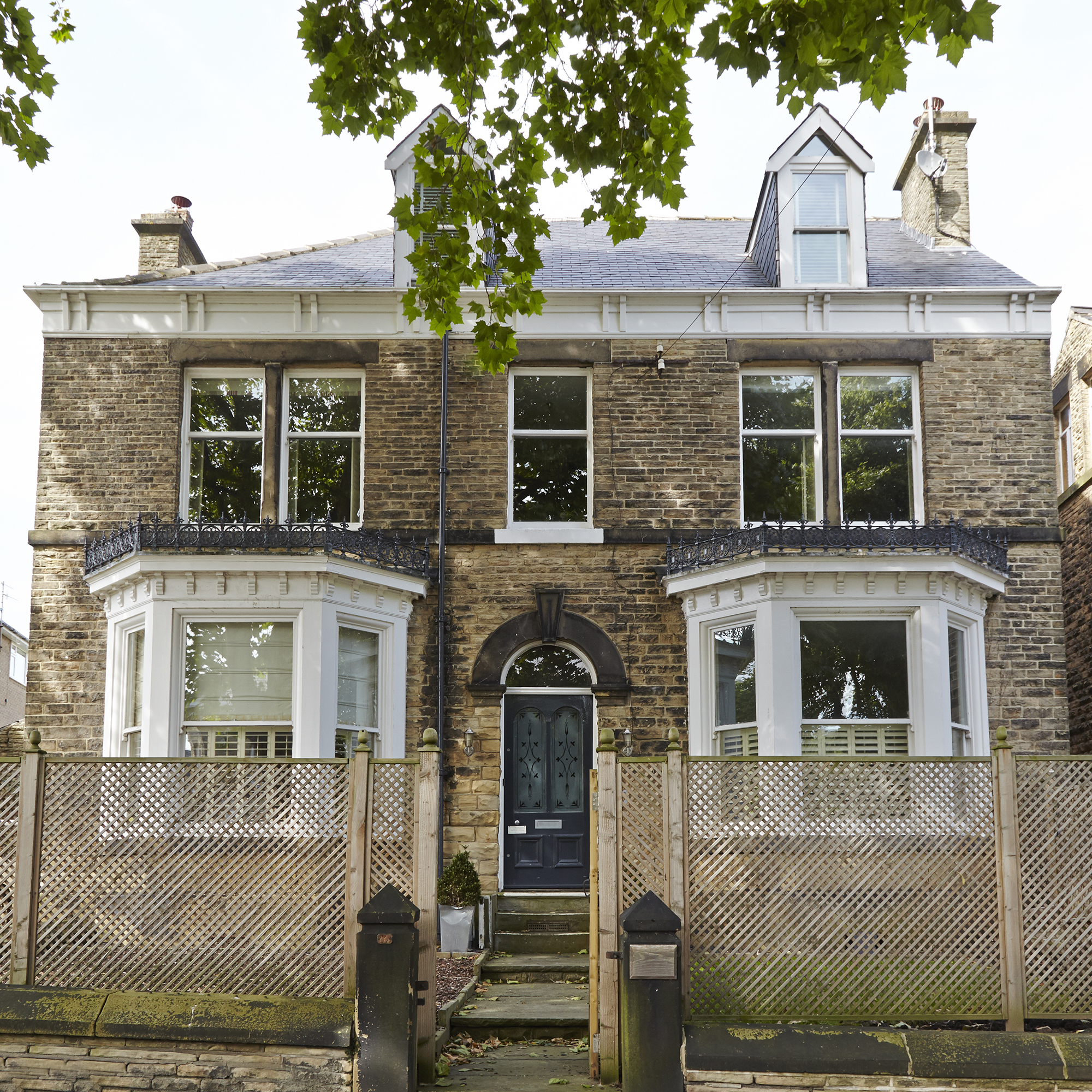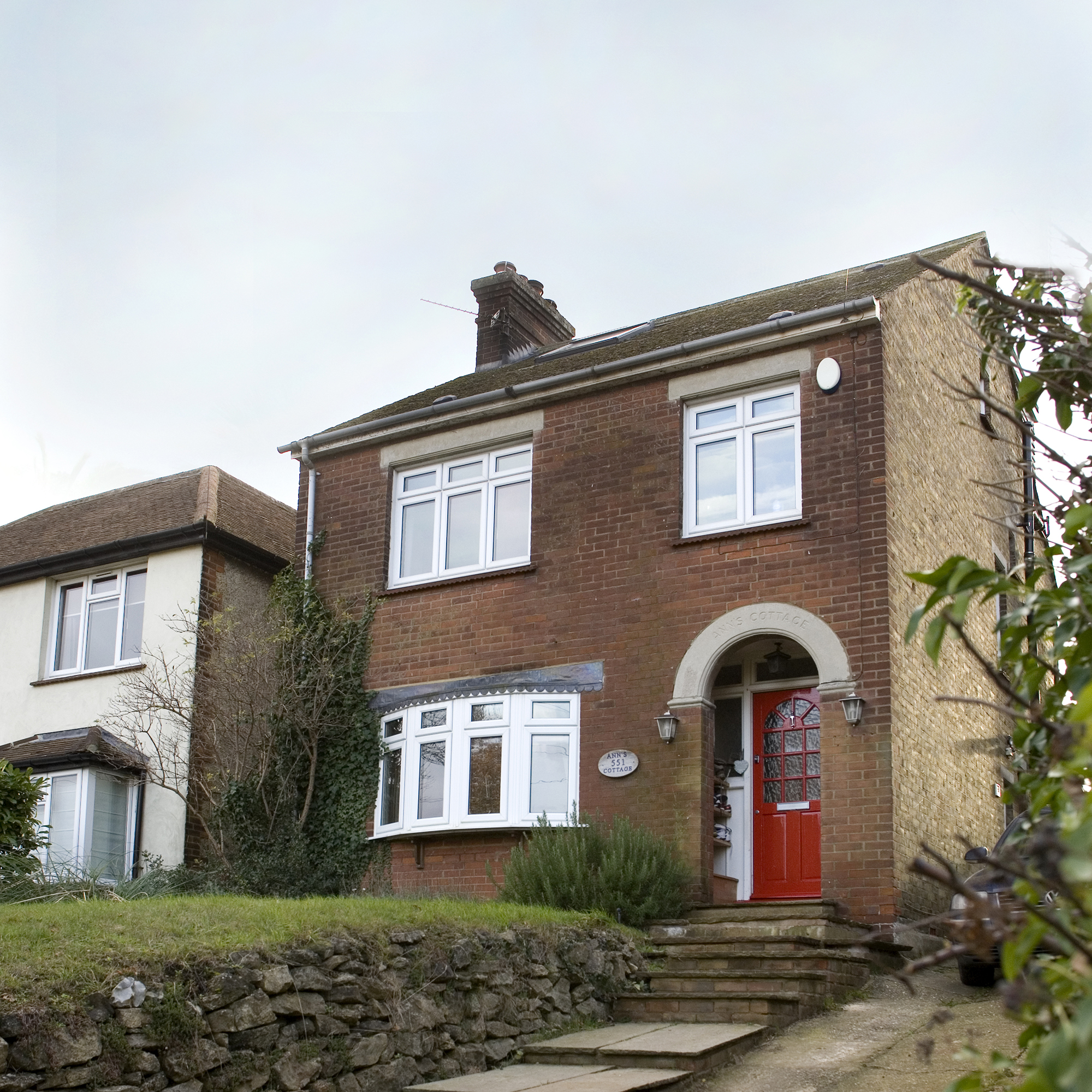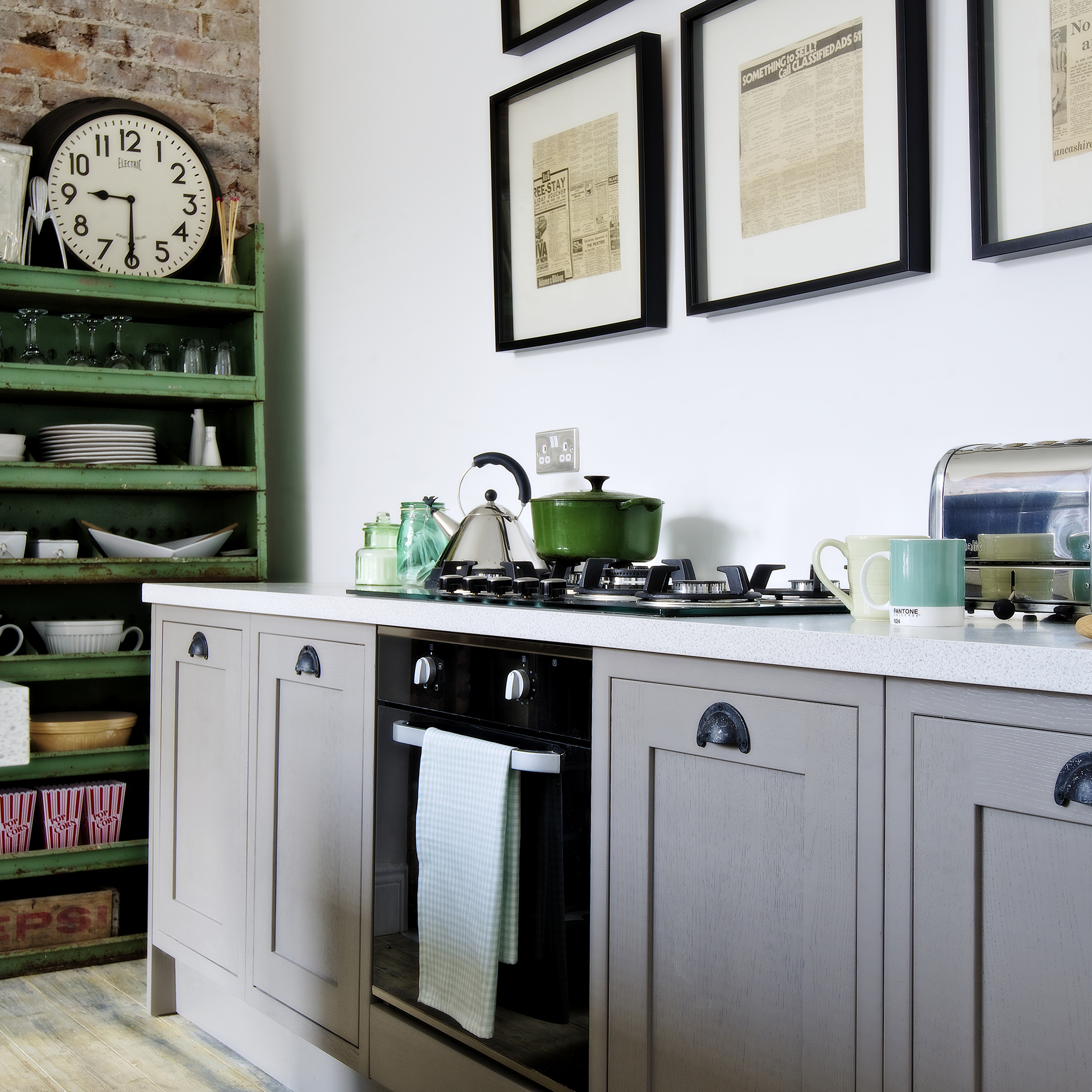Renovation mortgages: how do they work?
If you’re seeking a lump sum to fund a big property renovation project, you could look at a renovation mortgage.
Do you dream of turning a rundown or derelict property into a home? You may need to take out a specialist renovation mortgage to fund such a project, unless you have a large lump sum to pay for the work.
You may have found an empty property in an amazing location with panoramic views that you want to restore. Or you might come across an uninhabitable property that you want to breathe life into. Whatever your property renovation project, you may need a specialist mortgage to meet the cost.
What is a renovation mortgage?

Most high street lenders only offer mortgages on properties that are considered habitable. So, if you’re buying a property not currently fit to live in, you’ll need to find a renovation mortgage from a specialist lender. The loan will finance the purchase of a property that’s derelict, in need of conversion, or uninhabitable because it’s without a working kitchen or bathroom.
Standard repayment or interest-only mortgages aren’t suitable for extensive renovations.
Chris Sykes, of the mortgage broker Private Finance, says: ‘If it is a large renovation then normal mortgages are not suitable as lenders are taking on risk they are not pricing for in this case, and you could run out of money and leave a property in a worst state than it was when bought, affecting the lender’s security and the property’s saleability.’
The important feature of a renovation mortgage is that it enables you to borrow the money you need for the work. You’ll receive the money in tranches rather than all upfront.
How does a renovation mortgage work?

With a renovation mortgage, you may be able to borrow up to 90% of the property’s value as it stands, depending on your income and circumstances. You should fund the remainder of the purchase from savings, other assets, or borrowing. The lender usually withholds a chunk of the money, and releases it in stages as the property is renovated. This is similar to a self build mortgage.
Sign up to our newsletter for style inspiration, real homes, project and garden advice and shopping know-how
On completion of specific stages, and inspection by the lender’s surveyor, you could receive more money. Adrian Anderson, director of property finance specialists Anderson Harris, says: ‘The bank will want an element of control over when and how the money is released to pay for the works to ensure the money is used correctly. The money is usually released against the architect’s certificates/confirmation that different stages of the development have been completed or when the next stages are about to start.’
Bear in mind that the cost of restoring a building will rapidly add up. You need some savings, or other forms of finance such as personal loans, to pay for work between ‘stage payments’.
When taking on a project of this nature, you should also take out a specialist renovation insurance policy to protect your investment.
Will it cost more than a standard repayment mortgage?
Yes. A renovation mortgage rate will typically be one or two percentage points higher than a standard mortgage. This is because the risk to lenders is greater. There’s no guarantee that the work will be finished. The lender could be forced to repossess the property to recoup their debt.
It also depends on how much you borrow. Anderson says: ‘Due to the works going on at the property there will be development risks associated and therefore the banks factor this in with their upfront fees and the rate charged during the development period. These types of mortgages usually take the bank more time to administer at time of application as it has to carry out due diligence on the works taking place. These include checking planning permission is in place, checking the costings/timescales look realistic and carrying out due diligence on the contractor.’
What kind of properties qualify for a renovation mortgage?

You can get a renovation mortgage on a vast range of “fixer-upper” properties. This covers properties from a listed building that’s fallen into disrepair to a timber shell without a roof. However, the range of mortgages you have to choose from will be far greater if the property to be renovated is habitable. That means it comes with a working kitchen and bathroom.
Where can I get this type of mortgage?
There is a limited number of lenders offering finance for complete renovations. Try lenders offering self build mortgages as a starting point. For example Ecology Building Society specialises in lending on energy efficient properties. Smaller building societies are often a good place to try.
Speak to a mortgage broker to find out about your options. This is a specialist area of the mortgage market and the solution may need to be imaginative. Working with someone independent who knows the market well is a good move.
Can a first-time buyer get a renovation mortgage?
Yes, in theory first-time buyers can get a renovation mortgage, and doing up a rundown property may appeal as a way to get onto the property ladder. However, they’ll need a deposit of around 20-25% of the purchase price, which could be a struggle to stump up unless they have enough saved.
What happens when the renovation is complete?
Once the renovation is complete, you ideally take out a mainstream mortgage on the property.
‘Usually at this stage of the process you can refinance based on the open market value of a property and take a more normal mortgage, and hopefully at a low LTV as this is when the gains you have made are realised,’ says Sykes.